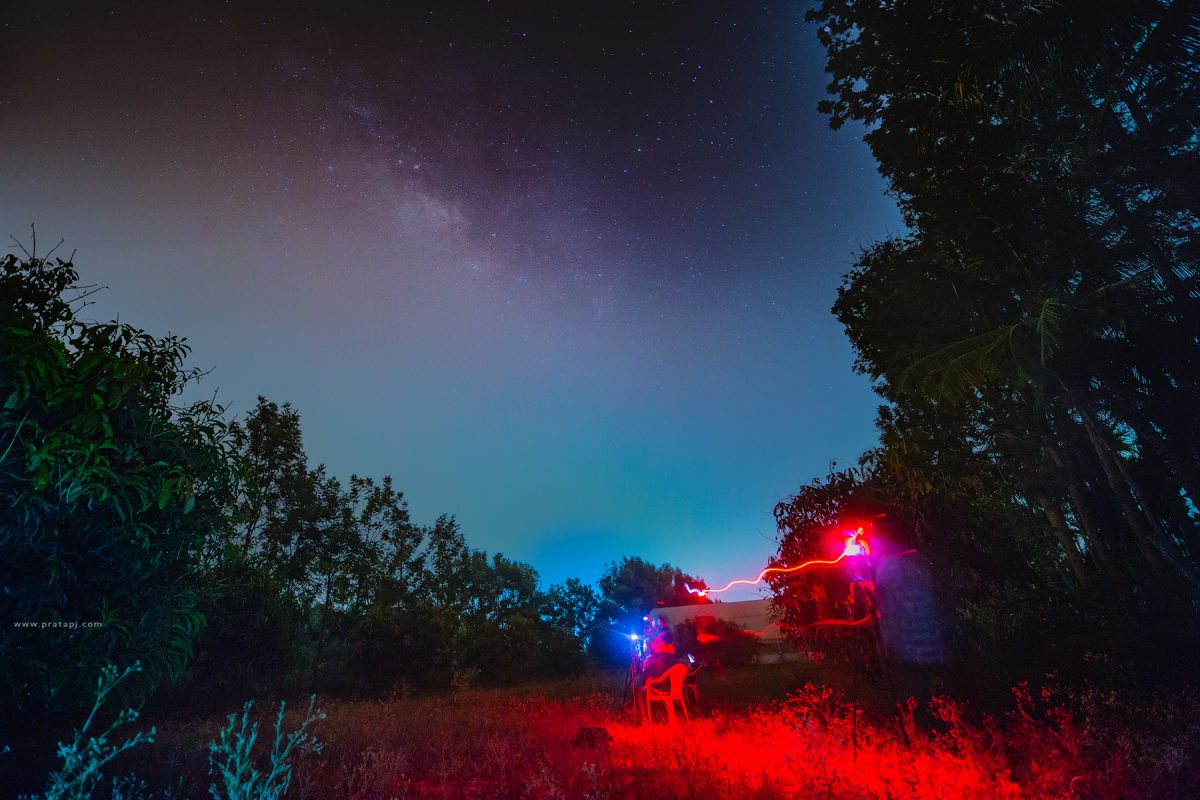I got to test the Syrp Genie, Genie Mini, and my Carbon Fibre slider this week. Using the three, I was able to achieve a timelapse that had linear and panning motion.
I wanted the timelapse to show the transition from night to day. I had been researching on tools that would help me automate the exposure correction required for a timelapse that runs from dark to bright or vice versa. If you are wondering why – the settings for a timelapse when it is dark cannot be used when the light changes and becomes bright (or vice versa). Such a timelapse involving exposure changes is called the ‘Holy Grail’ timelapse. The right term for this kind of exposure change is ‘ramping’. You either ramp the ISO, Shutterspeed, Aperture or all three depending on the situation.
The best method to automate and achieve the holy grail technique is by using an app called qdslrdashboard. Unforunately, it is Android only, so I had to borrow a One Plus One phone to try it out.
So yes, I was able to make the Syrp Genie, Genie Mini and QDslrdashboard to work together. I almost did not get a chance to do the timelapse because of bad weather. Thankfully, the skies cleared up after 1 am and the stars showed up. It was not the darkest of nights and the skies were hazy after the rain.
I set up the genie, mini and the slider first. Once connected together, the Genie and Mini connect to the phone via bluetooth. The camera can connect to the phone via WiFi but I connected it via USB. I set the whole thing up for 4.5 hours. I realized later that this was a mistake. Why? Because:
- Qdslrdashboard had a setting which determines the longest shutterspeed. It was set to 4 seconds. This prevented the app from increasing the shutter speed correctly once the night turned to day.
- The slider and panning movement was controlled by the total duration of the timelapse. So by the end of 3.5 hours – when it had turned bright and I realised that the frames were overexposed, the slider had not reached the end of the track. So the end result does not show much of linear movement.
- The interval between shots was set to 30 seconds. This interval was fine when the expsoure was 25 seconds at night. But as it got brighter and the exposure time decreased, the interval became a little too much. Not that it mattered – I was just getting impatient 🙂
Another challenge I faced for lens fog. I had to clean the front of the lens in between the timelapse which introduced some shake in the time lapse.
It took a bit of an effort to shoot mid-week at a remote location, staying up almost through the night. This is what it takes to learn something by doing. Here is the end result. The Milky Way is faint. But you can see it rise and disappear as the night turned into day. And a bunch of us running around with flashlights 🙂
Not many get to witness the movement of the Milky Way in the sky. Enjoy it here in the timelapse. More stuff to come when I get a chance to go out and shoot.
